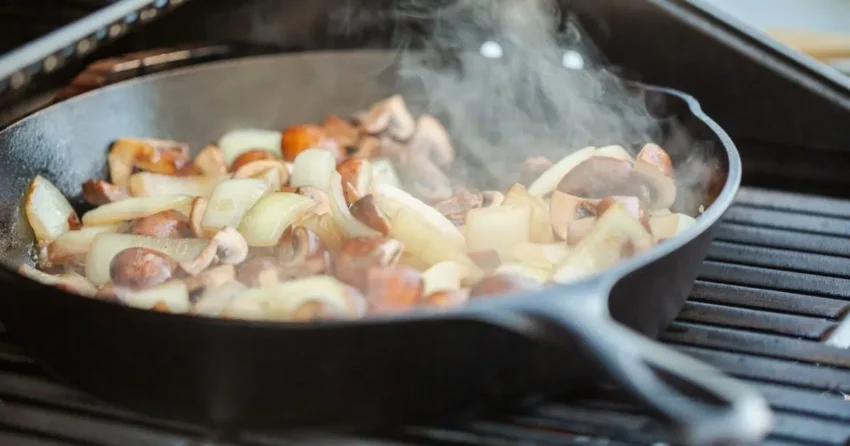Cast iron skillets are incredibly versatile, but some foods and cooking methods can damage their seasoning or even ruin the pan. Here are key things to avoid cooking in cast iron—and why:
1. Acidic Foods (Long Cooking Times)
-
Examples: Tomato sauce, wine-based stews, lemon-heavy dishes, vinegar-based sauces.
-
Why? Acid breaks down the pan’s seasoning (the nonstick layer), making food taste metallic and exposing bare iron to rust.
-
Exception: A well-seasoned pan can handle short cooks (e.g., searing tomatoes for 5 minutes).
2. Delicate Fish (Like Flounder or Sole)
-
Why? Fragile fish sticks aggressively to cast iron, even when seasoned. Use stainless steel or nonstick for low-fat fish.
-
Workaround: Opt for oilier fish (salmon, tuna) or crank up the heat to create a crust.
3. Eggs (Without Proper Seasoning)
-
Why? Eggs bond to microscopic pores in the iron. A poorly seasoned pan = scrambled disaster.
-
Tip: Cook eggs in a well-oiled, hot cast iron pan or use a carbon steel pan instead.
4. Sticky Sauces (Like Caramel or Honey)
-
Why? Sugar bonds to iron and burns, creating a nightmare to clean.
-
Fix: Use stainless steel for candy-making or deglaze immediately with hot water.
5. Leafy Greens (For Quick Sautéing)
-
Why? Greens release moisture, which can strip seasoning if the pan isn’t hot enough.
-
Better for: Charring hearty greens (kale, Brussels sprouts) at high heat.
Bonus: What Never to Do with Cast Iron
-
Soap + Soak: Mild soap is fine, but soaking leads to rust.
-
Use Metal Utensils (Carelessly): They can scratch seasoning—opt for wooden or silicone tools.
-
Cook on High Heat Empty: This can crack the pan or warp it over time.
Best Uses for Cast Iron:
✔️ Searing steaks
✔️ Frying chicken
✔️ Baking cornbread or pizza
✔️ Campfire cooking
Pro Tip: If your pan loses its seasoning, scrub off rust and re-season with oil (like flaxseed or crisco) at 450°F for an hour.
Want a step-by-step guide to restoring a rusty cast iron pan? 🔥
